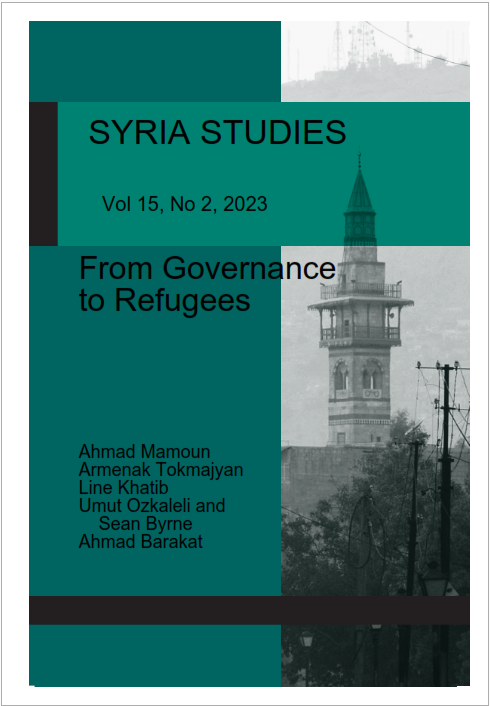Mechanisms of Domination State Violence, Threat of Greater Violence, and Local Intermediaries in Pre-2011 Syria
Main Article Content
Abstract
I argue in this paper that prior to 2011, the Syrian regime relied on a well-established conflict management mechanism that encompassed limited levels of violence, the looming threat of more substantial violence with the invocation of its violent history, and the utilization of locally rooted intermediaries to mitigate social and political conflicts. At its core, this approach was not about reconciliation or justice; rather, it traded minimal state violence for reaccepting regime’s domination. Nevertheless, it was rather effective up until 2011. This study is a qualitative research based on four cases studies, including the Qamishli and Suwayda uprisings in 2004 and 2000, respectively. The paper adopts authoritarian conflict management (ACM) put forth by David Lewis et al. (2018) as the main conceptual framework. The paper attempts to contribute to Syria and conflict studies through new empirical material and a novel analytical perspective.
Keywords: Syria, Domination, Violence, Intermediaries
Article Details

This work is licensed under a Creative Commons Attribution 4.0 International License.
Authors who publish with this journal agree to the following terms:- Authors retain copyright and grant the journal right of first publication with the work simultaneously licensed under a Creative Commons Attribution License that allows others to share the work with an acknowledgement of the work's authorship and initial publication in this journal.
- Authors are able to enter into separate, additional contractual arrangements for the non-exclusive distribution of the journal's published version of the work (e.g., post it to an institutional repository or publish it in a book), with an acknowledgement of its initial publication in this journal.
- Authors are permitted and encouraged to post their work online (e.g., in institutional repositories or on their website) prior to and during the submission process, as it can lead to productive exchanges, as well as earlier and greater citation of published work (See The Effect of Open Access).
